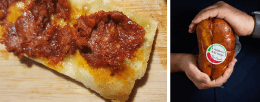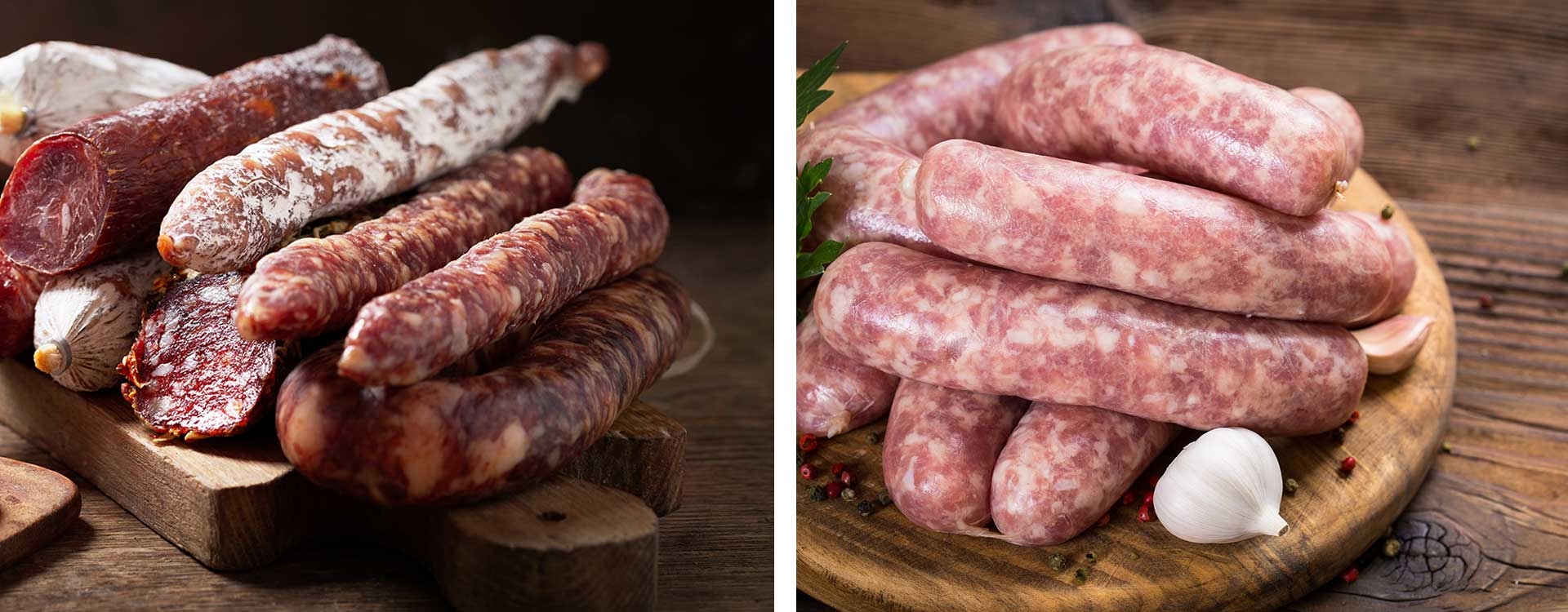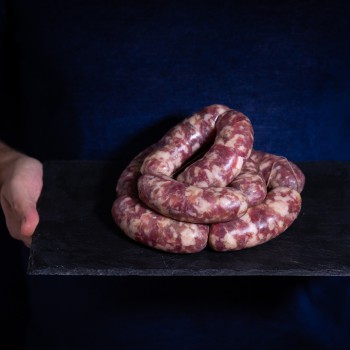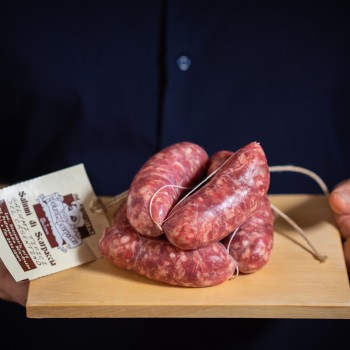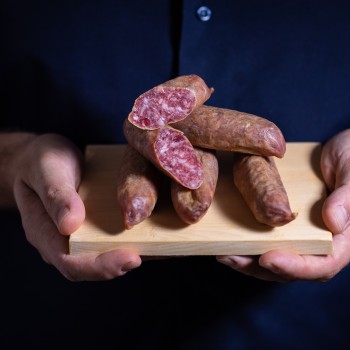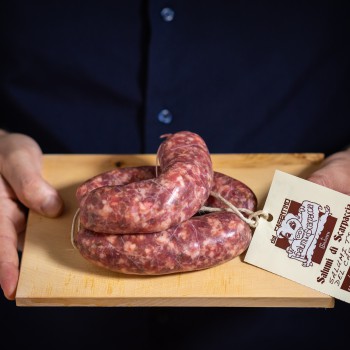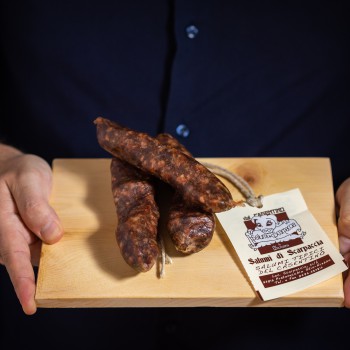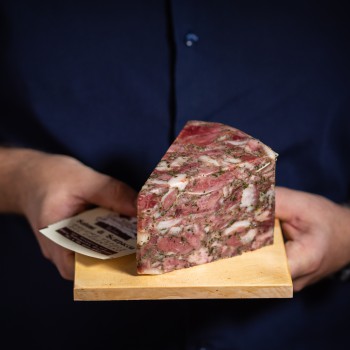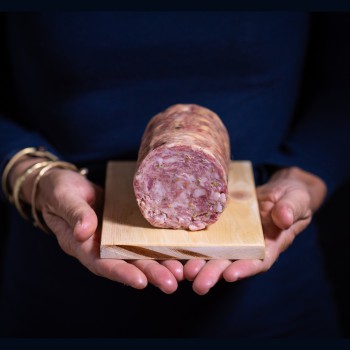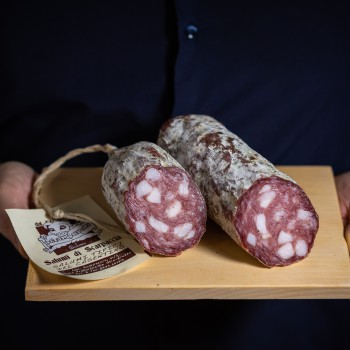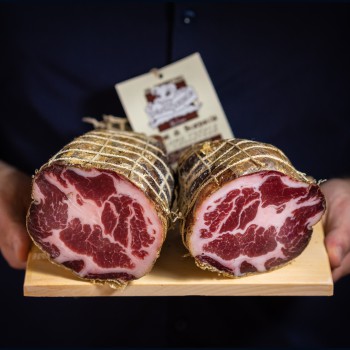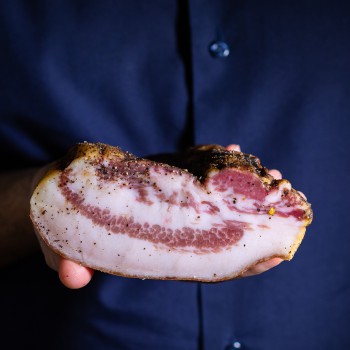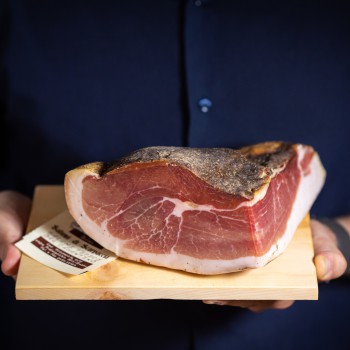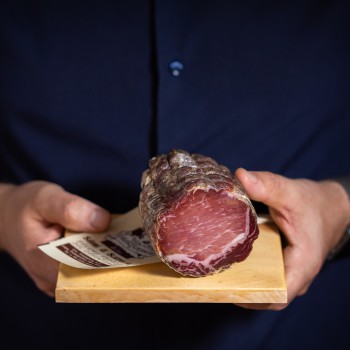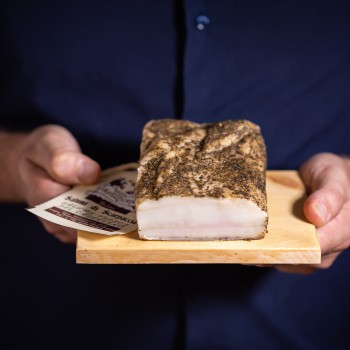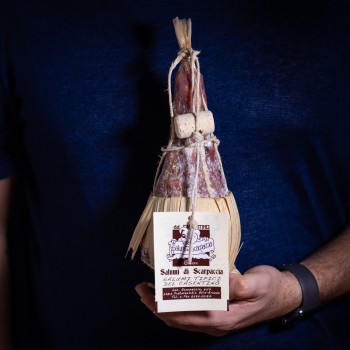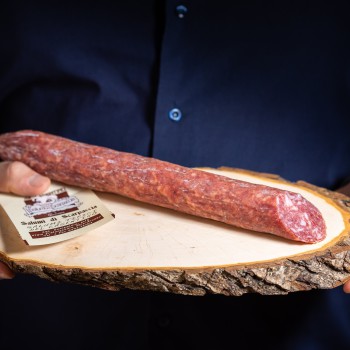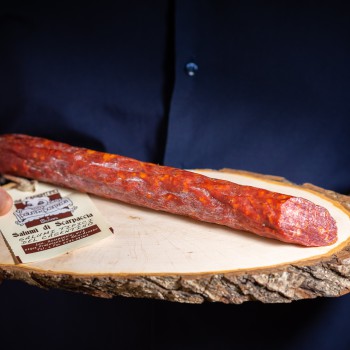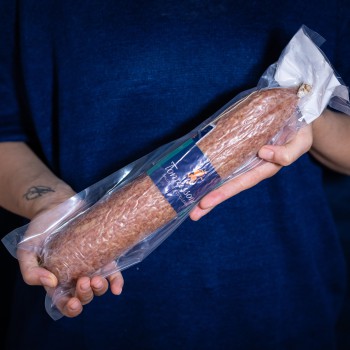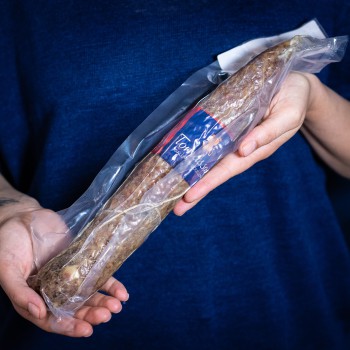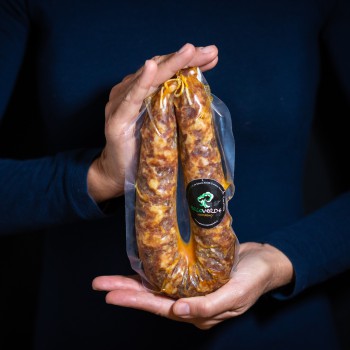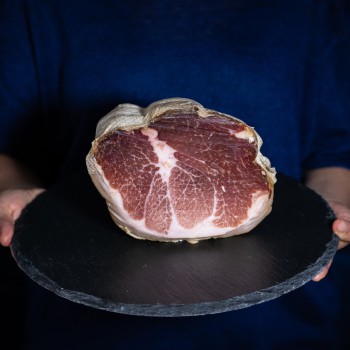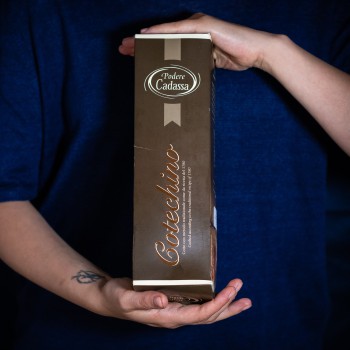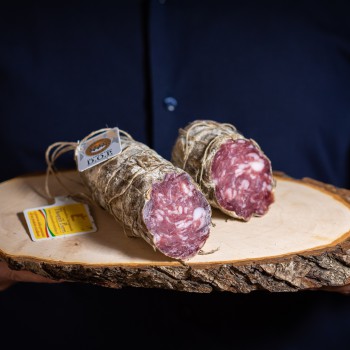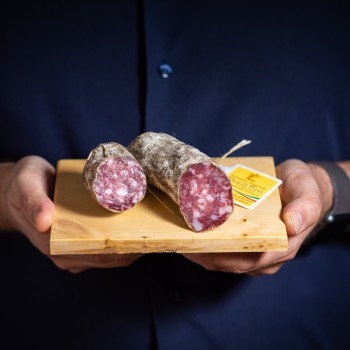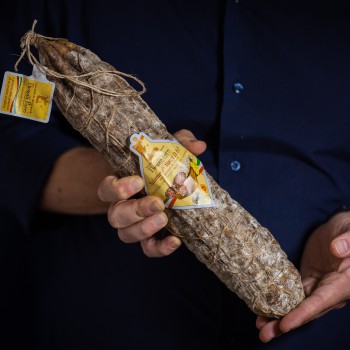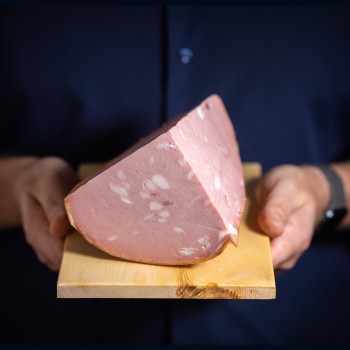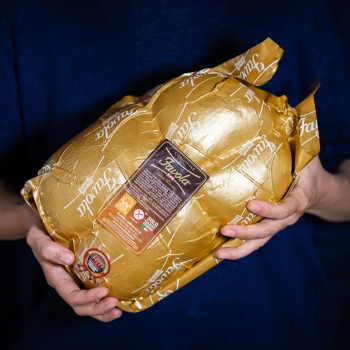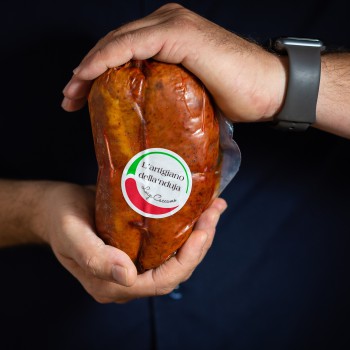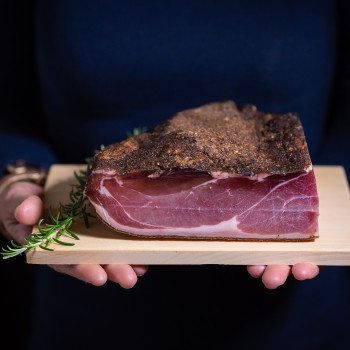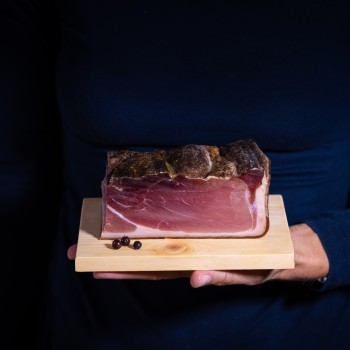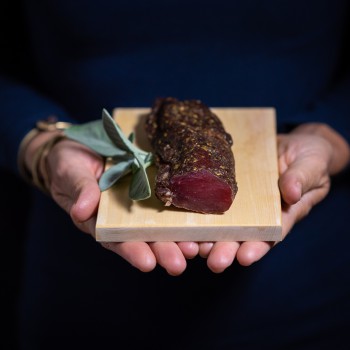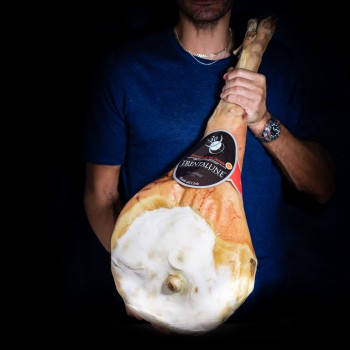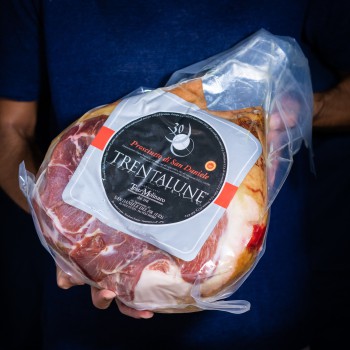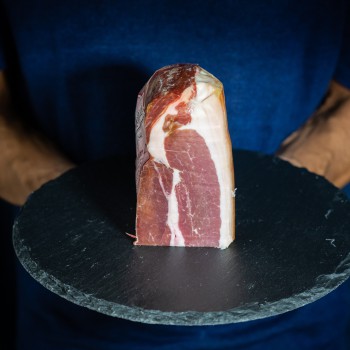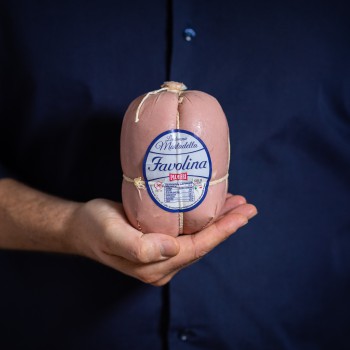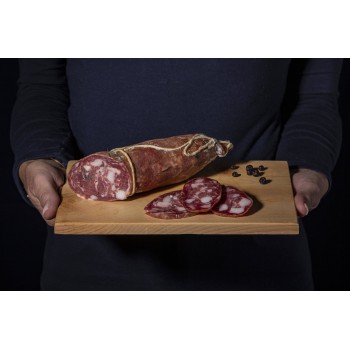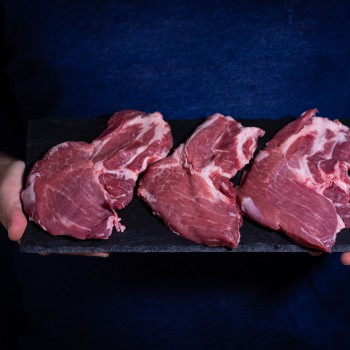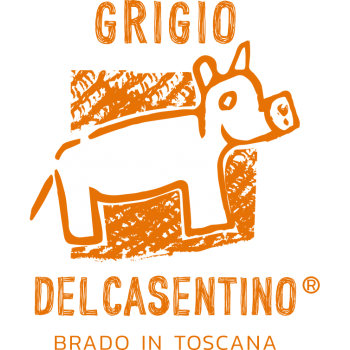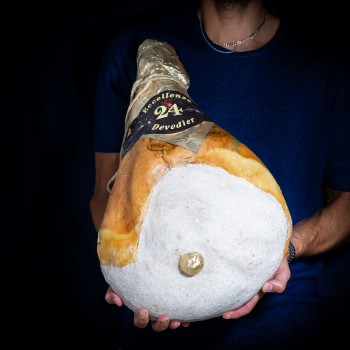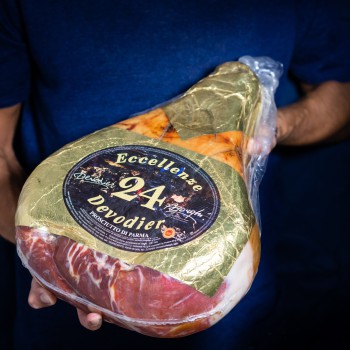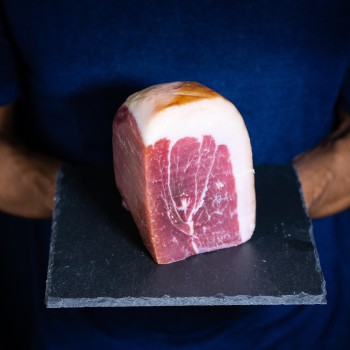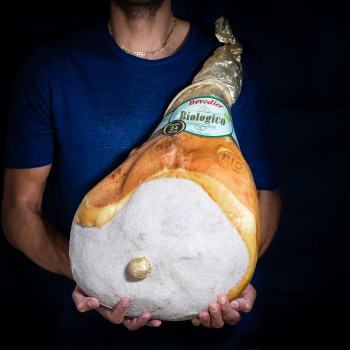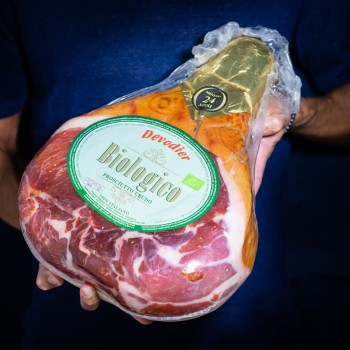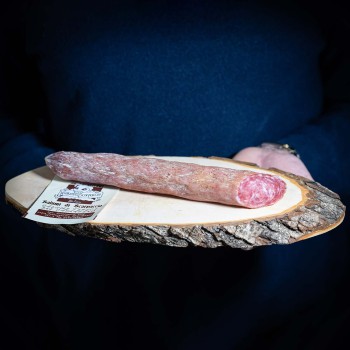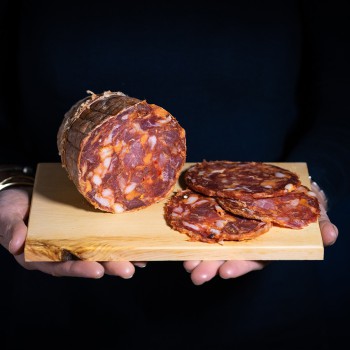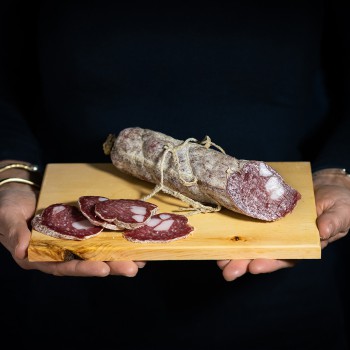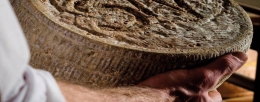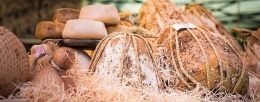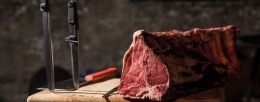Ferragosto is approaching, whip out the picnic baskets! What are we taking? All quick preparations to make and practical to carry and eat - dishes and cutlery are hardly needed! The secret? The best Italian cured meats.
The difference between cured meats and sausages
Cured meats and sausages were born out of one and only need: to preserve meat and prevent spoilage. It might at times get a little bit confusing, but Italian cured meats and sausages are not the same: they have very distinctive features.
Salumi and sausages, what is the difference?
The first difference lies in the meat processing. Cured meats called salumi are made from a whole piece of meat, such as the leg or shoulder, while sausage-style meats are made by mixing different meat cuts and, possibly, adding aromas and spices.
Another main difference is the casing. Whether it be natural or man-made, edible or non-edible – casings are filled with the meat mixture; sausages have them and salumi do not. The reason why is quite straightforward: salumi are made from a whole piece of meat, while sausages are made from a mix of different meat cuts and, hence, need a container in which they can age.
As far as flavour is concerned, it is quite difficult to pinpoint differences between salumi and sausage-style meats. The landscape of Italian cured meats is so wide and varied that it might actually make more sense to compare each kind of salami, dry-cured ham or speck.
The same applies to consistency; it doesn’t make any sense to compare dry-cured ham with ‘Nduja spreadable salami, or pork jowl with Soprassata sausage. We can only say that salumi have, generally speaking, a more uniform consistency.
This also varies depending on the meat grinding technique. Even the sausages belonging to the same category greatly differ from each other, as far as grinding is concerned. Let’s take for instance Mortadella and Tuscan Soprassata. In the first case, the meat is fine-ground, while in the latter case, the meat is coarsely ground.
That is why Mortadella looks more uniform and has an almost consistent colour – apart from the fat – and the slice doesn’t break apart. In the Soprassata, on the contrary, one can easily spot different pieces of meat – it looks like a delicious mosaic.
Another big difference lies in aging. Sausages that have aged longer tend to be more compact and firmer, such as Salame di Varzi which ages for at least 100 days. On the contrary, Tuscan Sbriciolona, which ages for only 3 or 4 weeks, is particularly soft and tender, and almost melts in the mouth.
Adding fat is also an important factor: fat can be finely or roughly cut and can be added before or after grinding.
Fat is added straight away and kneaded with the meat in the case of Ciauscolo from the Marche, while it is added at the end, in the case of Corallina salami from Lazio. The difference is crystal clear: in the first case, the fat is not visible, while in the latter case, one can see whole pieces of fat.
Salumi: so many different kinds!
The same distinctions do not apply to Salumi, though, because, as we have seen, they are made from whole pieces of meat that are not mixed with other meat cuts. They can be mixed with spices or aromas, of course, but the meat is only one.
We can make a distinction between cured meats based on the kind of meat. There are pork cured meats, such as ham made from the pig’s leg, pork fatback made from the firm layer of fat located on the back of the pig, pork jowl from the cheek and throat, culatello from the gluteus and loin from the back.
How do all these cured meats differ? The differences are too many to count! Each meat cut has its own flavour and unique consistency and scent. The aromas added to the meat and the aging period also affect the end flavour.
Smoked cured meats are another story. PGI Speck Alto Adige is the king of smoked cured meats, but the herbed pork tenderloin is also delicious. Beech wood lends its flavours to the meat that acquires a simply incredible range of aromas.
Yet another difference: cooked or uncooked?
Both cured meats and sausages can be either raw or cooked. Dry-cured ham or prosciutto crudo, speck, pork jowl and many others are raw cured meats, while the king of cooked meats is cooked ham, prosciutto cotto. Among the sausage-style meat category, Zampone ham hock and Mortadella are cooked, salami and sausages and many others are uncooked.
Let’s now take a look at the similarities. Four words are enough: quality, experience, passion and craftmanship.
Quality of raw materials. In order to make a high-quality product, animals must be reared in optimal conditions, undergo regular checks and eat healthy.
Experts with a long, sometimes multi-generational, experience know how to make cured meats properly. Processing meat is an art, it requires passion and skilled eyes and hands to monitor each production step.
Passion affects the taste. Products made with love simply taste better. That’s why we have selected manufacturers that love what they do.
Craftmanship and quality seal. Our cured meats and sausages have nothing to do with industrially-made meats; they are individually tended to by hand with the highest care and their flavour has no equals.























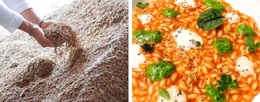
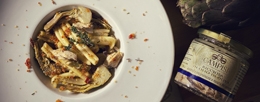


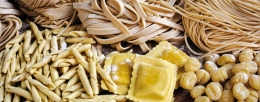

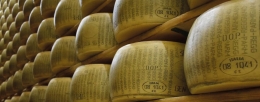
.jpg)
